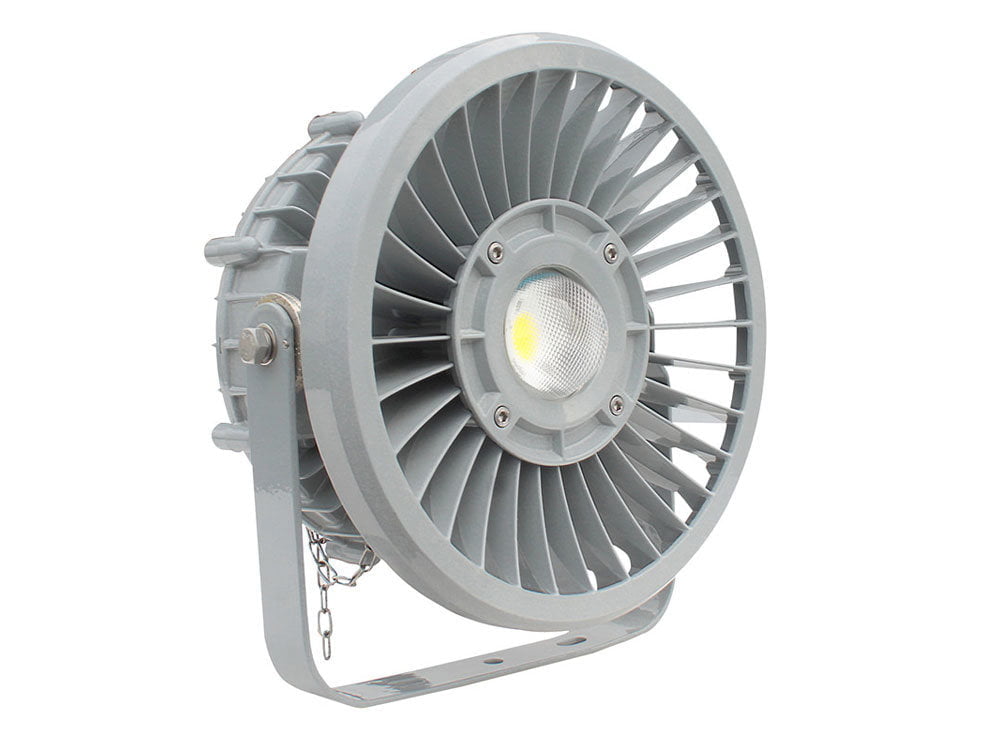One of the most asked question in industrial technology is the difference between intrinsically safe and explosion-proof equipment. These two terms are sometimes used interchangeably but is it correct to do so? The answer is no. These two terms are quite different in their use, utilization, and application. While both terms refer to equipment that are used to minimize risks in hazardous environments, they achieve this in different ways and therefore cannot be used similarly.
When you are choosing the best equipment for your environment, you have to be careful to ensure that you have the appropriate equipment. This begins by understanding the difference between the two terms. Let’s break down the differences to help you make an informed choice.
What is intrinsically safe and explosion-proof?
Intrinsically safe equipment is designed to operate in potentially explosive atmospheres by ensuring that the electrical and thermal energy within the device is below the level required to ignite the hazardous gases or materials in the environment. In simple times, a product that is intrinsically safe is designed in a manner that its wiring and electronics inside cannot accumulate enough energy to ignite a gas or vapor. An example is the intrinsically safe clock below.
On the other hand explosion-proof equipment are designed to contain any likely explosions within the enclosure. They also help prevent ignition of hazardous substances outside the device. Simply put, if a product is explosion-proof protected, it means that it has been designed in a way that it will contain any explosion produced within it. In extension to its containment design, it will not ignite any potential hazardous substances outside the product. An example is an explosion proof Explosion Proof LED Light Head AE Light below.
What are Key Differences Between Intrinsically Safe and Explosion-Proof Equipment?
Intrinsically Safe (IS)
- IS equipment is designed to prevent the release of electrical or thermal energy that could ignite a potentially explosive atmosphere.
- It achieves safety by ensuring that the energy levels within the device are always below the threshold required to ignite hazardous gases or materials.
- IS devices are typically used in environments where the potential for explosive atmospheres is continuous or frequent.
- They are well-suited for low-power applications and are often lighter and more cost-effective.
- Examples include IS-certified smartphones, radios, and sensors.
Explosion-Proof
- Ex-proof equipment is designed to contain any potential explosions within the device’s enclosure, preventing them from igniting hazardous substances outside.
- It achieves safety by constructing a robust, explosion-resistant enclosure around the equipment, which can withstand and contain an internal explosion.
- Ex-proof devices are suitable for environments with intermittent or occasional explosive risks.
- They can handle high-power applications and a wide range of equipment types but tend to be heavier, bulkier, and more expensive.
- Examples include Ex-proof electrical enclosures, motors, and lighting fixtures.
How to Choose Between Intrinsically Safe and Explosion Proof Equipment.
There are several considerations you need to factor in when choosing between the two types of equipment. In case you are torn between the two types of equipment, and the appropriate one to use in your plant, here are some tips to help you.
- Intrinsically safe products are relatively cheaper than explosion-proof systems.
- Using an intrinsically safe methodology necessitates strict control and restriction of the entire system’s power, which could pose challenges when the product requires operation within a power range exceeding the prescribed limits. Conversely, the explosion-proof approach is applicable even for high-power applications.
- When it comes to maintenance and care, intrinsically safe systems allows live maintenance. However, this is not possible for explosion-proof equipment.
Another major consideration is the applicable zone classifications by law. Intrinsic safety equipment is suitable for use in Zone 0, Zone 1 and Zone 2, while explosion proof protection is only suitable for use in Zone 1 and Zone 2, not in Zone 0.
Intrinsically Safe (IS) or Explosion Proof-Which is the Best?
The answer to this question is relative depending on your specific needs and the nature of your application. Neither is universally “best,” as they serve different purposes and have distinct advantages and disadvantages. When you choose the product you need, whether explosion-proof equipment or intrinsically safe system, think Intrinsically Safe Store.
With our vision of improving the world and keeping people safe, we are committed to providing you with the best products in the market at the best prices. Check out our website where you can even talk to an industry expert to provide you the best solution.



